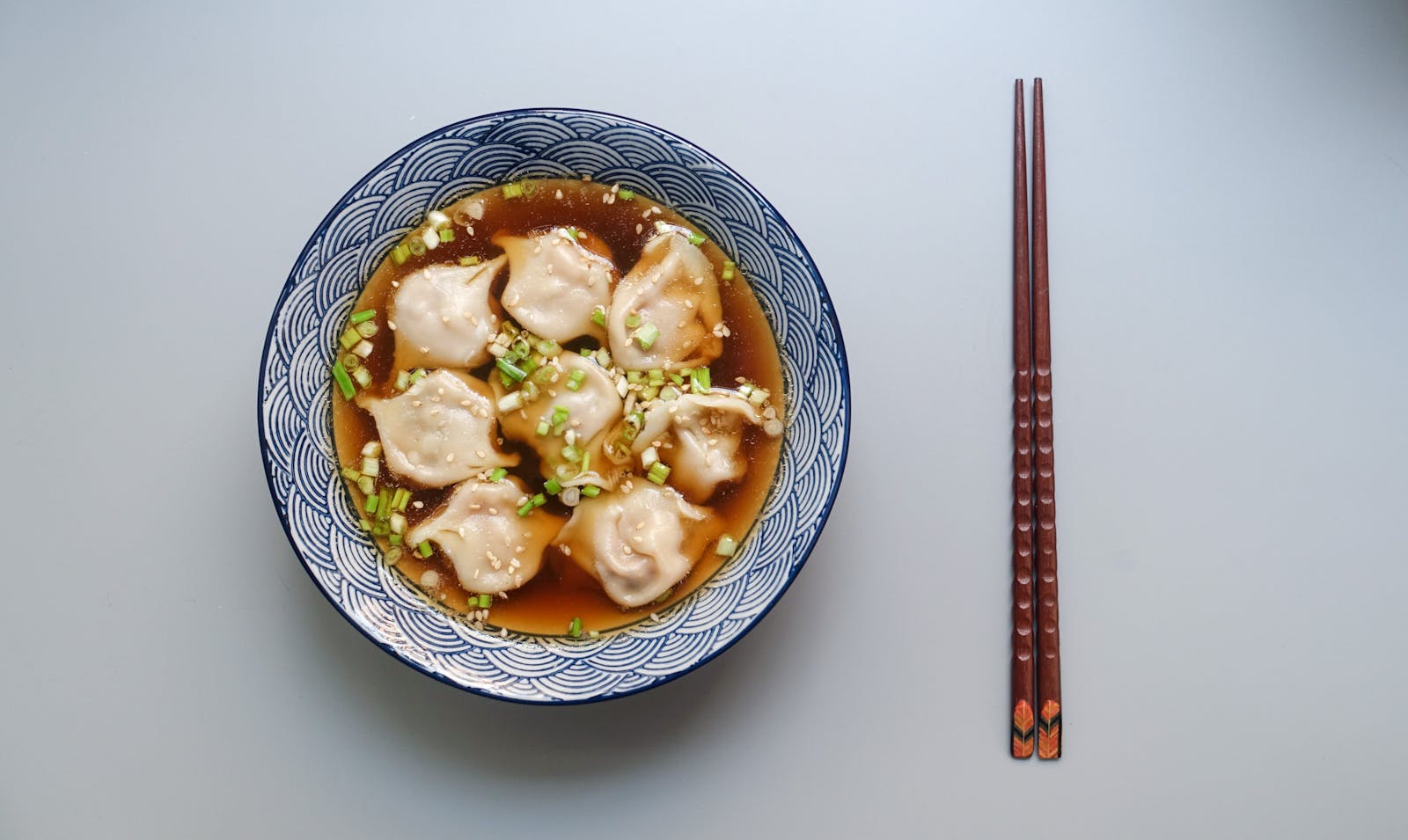Balanced Plate Overview: 7 Essential Techniques for Healthy Eating and Section Control
Balanced Plate Overview: 7 Essential Techniques for Healthy Eating and Section Control
Blog Article
Balanced Plate Overview: 7 Essential Approaches for Healthy Consuming and Portion Control

Consuming an all-round diet and controlling the amount of food you take in are crucial for total wellness. An attentively made up meal offers the required nutrients in the correct amounts, promoting complete wellness and decreasing the threat of long-lasting health problems. To support your initiatives, below are seven crucial techniques for producing a healthy diet regimen and mastering portion monitoring.
Comprehending the Food Groups
A well balanced plate consists of a selection of food groups, each contributing vital nutrients. Veggies supply vitamins, minerals, and fiber, while fruits provide vitamins and anti-oxidants. Proteins, such as lean meats, fish, beans, and nuts, are vital for muscular tissue repair and growth. Whole grains, like wild rice and quinoa, are essential for energy and fiber, and dairy or dairy products choices support bone health.
Is it possible to occasionally delight in less healthy options while still keeping a balanced diet plan?
Picturing Your Plate
Picture your plate as a pie chart to accomplish a well-shaped dish. The largest slice, covering 50% of home plate, must be scheduled for a vivid mix of vegetables and fruits, with veggies taking the lead. One more quarter of home plate must include lean protein sources, while the last quarter is finest loaded with entire grains. This aesthetic approach makes it easy to strike a balance and incorporate a variety of nutrient-rich foods into your daily diet regimen?
Taking Part In Mindful Eating
Practicing mindfulness throughout meals can greatly boost your food selections. By eating at a slower speed and completely enjoying each bite, you become more aware of your body's signals of fullness, reducing the chance of over-eating. Decreasing interruptions like seeing TV or scrolling with your phone while eating enables you to take notice of what you're consuming. Tun to your body's cravings and fullness hints helps you eat only when you're genuinely starving and quit when you really feel completely satisfied.
Handling Portion Sizes
Making certain proper section dimensions is necessary for managing your weight. Choosing for smaller sized plates can produce the impression of larger sections, which can help in reducing your food intake. Examining food tags and being conscious of offering dimensions assists assure that you are taking in suitable amounts. Using measuring mugs and spoons can assist in preserving section control.
Selecting Nutritious Snack Options
Consuming nourishing treats such as fresh fruits and veggies, nuts help in sustaining energy levels throughout the day. These treat options are not just easy to prepare but likewise supply necessary nutrients like healthy protein, healthy and balanced fats, and probiotics. By incorporating these treats into your diet, you can promote an all-around consuming plan and avoid enjoying harmful treats.
Organizing Your Meal Plans
Planning ahead about what you'll consume can cause a much more nutritious diet plan. By mapping out your daily meals, consisting of breakfast, lunch, supper, and treats, you can stay on track and prevent last-minute undesirable choices. Taking care of preparation work, like chopping veggies and cooking staples, during the weekend break or a day off can make weekdays simpler. Plus, cooking wholesale and freezing leftovers enables you to take pleasure in healthier meals throughout the week with minimal hassle.
Staying Hydrated
Correct hydration is vital for general health. Aim to drink a minimum of eight glasses of water a day, and limit sugary beverages like soft drink and sweet juices. Bring a canteen with you motivates regular drinking, ensuring you remain hydrated throughout the day.

What key components constitute a well-balanced plate?
Frequently Asked Questions
A well balanced plate contains a mix of food teams in ideal amounts: fifty Portion Control percent ought to be veggies and fruits, a quarter lean proteins, and a quarter entire grains. This assists you receive a varied selection of vital nutrients.
Just how can I manage my sections properly?
Use smaller plates, checked out food tags, and measure your parts with mugs and spoons. Focusing on offering sizes assists manage section control.
What are some healthy treats?
Healthy and balanced snacks consist of fresh fruits and veggies, nuts and seeds, and yogurt. These alternatives provide important nutrients and assist preserve energy levels.
By following these strategies, you can create a well balanced diet plan that supports your health and wellness and health. Keep in mind to pay attention to your body, make mindful choices, and take pleasure in a variety of foods in the appropriate proportions. Happy consuming!
Report this page